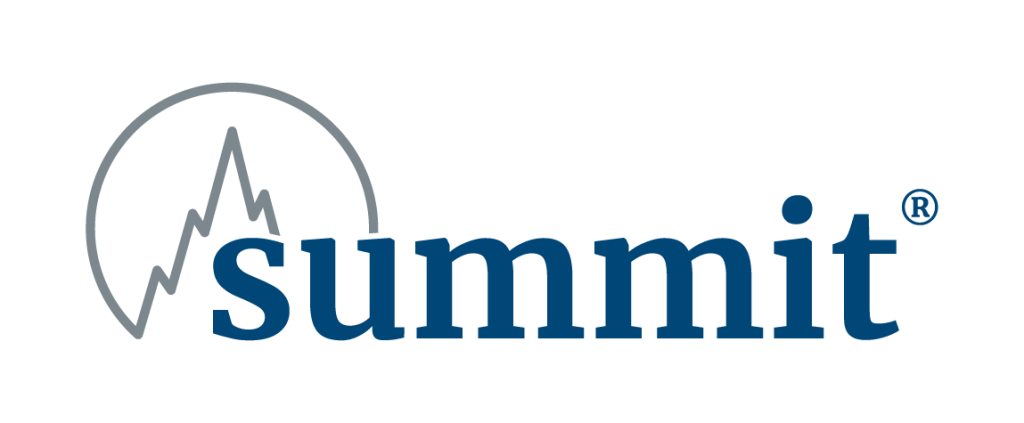
SAFETY TOPICS
Skylight Safety Precautions
If you work in construction, chances are you’ve encountered skylights on several occasions. While these architectural features can add sophistication to a building’s design, skylights are also an often-overlooked safety risk, posing serious fall hazards that can result in workplace injuries and fatalities.

Precautions for workers
Workers should take the following steps to protect themselves from falls through skylights and roof and floor openings:1
- Never sit on, lean against, or step on a skylight or any covering placed over a hole in a roof or floor.
- Before you leave the work area, securely cover or construct a guardrail system around all holes that you’ve created or uncovered.
- Personal fall arrest systems should always include a full-body harness, lanyard, connectors, and appropriate anchorage points (tie-offs).
- Inspect your personal fall arrest system before each use and report any damage or deficiencies to your supervisor.
Precautions for employers
Employers should take the following measures to help prevent employee injuries and fatalities from falls through skylights and roof and floor openings:1
- Conduct periodic scheduled and unscheduled inspections to ensure that the fall prevention system is used and maintained correctly.
- Train workers to recognize fall hazards associated with working near skylights and roof and floor openings.
- Develop, implement, and enforce a written fall prevention plan that complies with applicable OSHA fall prevention standards.
- Assign a competent person to inspect the worksite to identify any fall hazards before work begins.
- Implement personal fall arrest systems, guardrails, or hole covers to protect workers.
- Establish emergency procedures to follow in the event of a fall or near miss.
Personal fall arrest systems
For personal fall arrest systems to be effective, they must follow these OSHA standards:2
- A personal fall arrest system consists of an anchor, a harness, and a lifeline or lanyard.
- Fall arrest systems must be designed and set up to prevent a worker from free-falling more than 6 feet or contacting a lower level. See 29 CFR § 1926.502(d)(16)(iii) (2025).
- “Body belts are not acceptable as part of a personal fall arrest system” but are acceptable in a “positioning device system.” See 1926.502(d) & (e).
- The anchorage for a fall arrest system must be capable of supporting 5,000 pounds per worker attached. Or it shall be designed, installed, and used as part of a complete personal fall arrest system which maintains a safety factor of at least two, and used under the supervision of a qualified person. See 1926.502(d)(15).
Cover method
If employers choose to use the cover method to block an opening, the cover must:2
- “Be capable of supporting . . . at least twice the weight of employees, equipment, and materials that may be imposed on the cover at any one time.” See 1926.502(i)(2).
- “Be secured when installed so as to prevent accidental displacement by the wind, equipment, or employees.” See 1926.502(i)(3).
- “Be color coded or . . . marked with the word ‘HOLE’ or ‘COVER’ to provide warning of the hazard.” See 1926.502(i)(4).
Online safety training videos
Our policyholders and agents have access to an extensive library of safety training videos. To access training videos on skylight safety, click here and enter your username and password. Type Skylight Safety in the search bar for the available videos. Policyholders and agents can request login credentials by emailing [email protected]. (Videos provided through JER HR Group LLC, dba Training Network, a Summit vendor.)
Check out the OSHA website for more skylight safety standards. If you would like additional resources, please contact your Summit loss prevention consultant.
Footnotes
Disclaimer
The information presented in this publication is intended to provide guidance and is not intended as a legal interpretation of any federal, state or local laws, rules or regulations applicable to your business. The loss prevention information provided is intended only to assist policyholders of Summit managed insurers in the management of potential loss producing conditions involving their premises and/or operations based on generally accepted safe practices. In providing such information, Summit Consulting LLC does not warrant that all potential hazards or conditions have been evaluated or can be controlled. It is not intended as an offer to write insurance for such conditions or exposures. The liability of Summit Consulting LLC and its managed insurers is limited to the terms, limits and conditions of the insurance policies underwritten by any of them.

